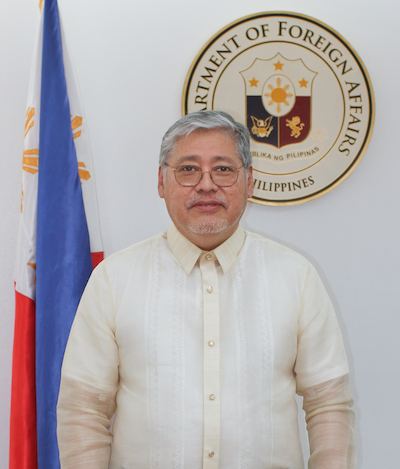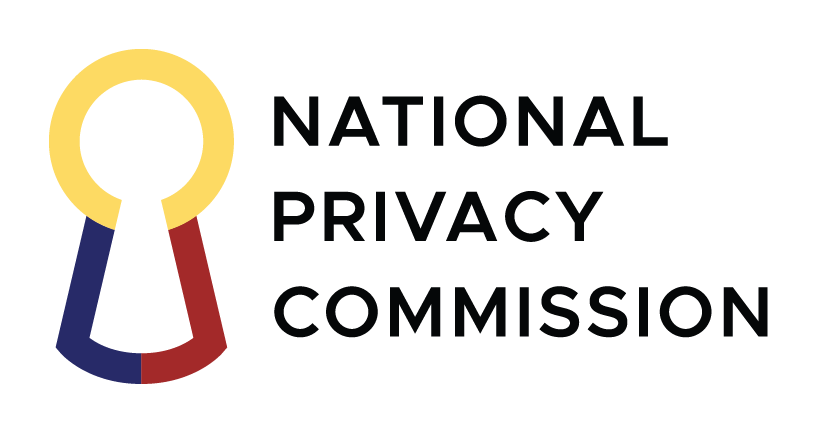Divorce is currently not recognized in the Philippines. However, a divorce that is validly obtained abroad and initiated by the foreign spouse grants the Filipino spouse the capacity to remarry under Philippine law, provided that the divorce is judicially recognized by a Philippine court.
How can the foreign divorce be recognized in the Philippines?
Recognition is a judicial process where both the foreign divorce and the foreign divorce law need to be proven in court. A Filipino national who has been divorced overseas may file a Petition for Recognition of Foreign Divorce with a Regional Trial Court in the Philippines. He/she will need to seek the services of a lawyer to prepare and conduct the case.
What are the documentary requirements for filing a Petition for Recognition of Foreign Divorce?
Basic requirements include:
1. Philippine Marriage Certificate if the marriage took place in the country;
2. Official Marriage Certificate from the foreign country if the marriage took place abroad, apostilled;
3. Report of Marriage of a Filipino married abroad (if one was filed with the DFA);
4. Official copies of foreign divorce documents, apostilled;
5. Certified copy of the foreign country’s divorce law; and
6. Proofs of citizenship.
Note: This is just a general list. Countries vary in terms of divorce processes and the kinds of marriage and divorce documents issued. Depending on the particular foreign country involved and the particular elements of the case, there may be additional documents required.
The foreign documents will need to be certified by the correct foreign office and authenticated. Belgian and Luxembourgish documents that are apostilled by the town hall (commune/gemeente) or the Ministry of Foreign Affairs do not require further authentication by the Department of Foreign Affairs.
Procedure for filing a Petition for Recognition of Foreign Divorce
The foreign divorce decree must be judicially enforced or confirmed in the Philippines through the filing of the proper civil action at a Regional Trial Court in the Philippines (RTC-Phil). The court decision shall be registered with the Local Civil Registry Office (LCRO) where the concerned RTC-Phil functions.
The registered document shall be submitted to the Local Civil Registrar where the marriage is registered. If the marriage was registered overseas, the registered document shall be submitted to the City Civil Registry Office at the Manila City Hall (CCRO Manila).
The following documents shall be submitted to CCRO Manila in annotating a civil registry document:
• Original or Certified True Copy of the foreign judgment or order duly registered at the City Civil Registry Office at the Manila City Hall (CCRO Manila);
• Original or Certified True Copy of the Certificate of Finality of the decision of the RTC-Phil; and
• Certificate of Registration of the decision of the RTC-Phil at the LCRO where the concerned RTC-Phil functions.
After the annotation at the LCRO, the annotated documents and requirements must be submitted to the Office of the Civil Registrar-General (OCRG) in Manila.
For additional information on legal services, legal aid or hiring the services of a lawyer in the Philippines, kindly check the websites of the Integrated Bar of the Philippines (IBP) or the Public Attorney’s Office (PAO) in Manila.
Section 1 of the amended Articles (376 and 412) of the Republic Act No. 9048 provides that: “No entry in a civil register shall be changed or corrected without a judicial order, except for clerical or typographical errors and change of first name or nickname, which can be corrected or changed by the concerned city or municipal civil registrar or Consul General” in accordance with the provisions of the Act.
A Petition for Correction of Clerical Error may be filed at the Embassy or Consulate, where the record containing the clerical or typographical error to be corrected, is registered. The Consul General has the main authority to approve petitions. In his/her absence, a Consul or Vice Consul may perform this task.
Clerical or typographical error – refers to a mistake committed in the performance of clerical work in writing, copying, transcribing or typing an entry in the civil register that is harmless and innocuous, such as misspelled name or misspelled place of birth or the like, which is visible to the eyes or obvious to the understanding, and can be corrected or changed only by reference to other existing record or records: Provided, however, that no correction must involve the change of nationality, age, status or sex of the petitioner.
Basic requirements for filing a Petition of Correction for Clerical Error:
1. Two (2) duly signed Petition for Correction of Clerical Error Forms;
2. Three (3) photocopies of the civil registry document containing clerical error/s, such as Report of Birth, Report of Marriage, etc.;
3. Present original and submit three (3) photocopies of apostillized Birth Certificate or Marriage Certificate, as the case may be;
4. For clerical correction of an entry or entries in a Report of Birth, three (3) photocopies of the following:
a. Parent/s’ birth certificate/s;
b. Parents’ marriage certificate (if in foreign language, sworn English translation); and
c. Child’s passport data page and identity/residence card.
5. Other additional supporting documents as may be deemed relevant to the clerical error/s to be corrected.
Note: A minimum of two (2) supporting documents are needed as basis for correction.
6. Processing fee: € 50.00
Procedure:
Once all the necessary documents are completed, the application may be filed personally at the Embassy either by the parent of the child (if Petition is related to Report of Birth), or the contracting parties (if it is related to Report of Marriage), or the next of kin (if it is related to Report of Death).
A Notice for Posting will be posted at the Embassy premises for ten (10) consecutive days before the Consul General/Consul can approve/disapprove the Petition. If there are no objections after the 10-day notice, a decision should be rendered within five (5) working days after the end of the posting.
Once the Petition is approved, the Embassy forwards the petition file in two (2) sets to the PSA through the Department of Foreign Affairs in the Philippines. It usually takes several months before the Petition is approved by the Civil Registrar General. Once affirmation is received from the DFA/PSA, the Embassy will then add a marginal annotation in the civil registry document to correct the clerical error. The annotated document will be produced in four (4) copies – one (1) for the Petitioner, one (1) for the Embassy, and two (2) for transmittal to DFA/PSA. The Petitioner may retrieve a PSA-issued annotated document in the Philippines a minimum of three (3) months after the affirmation from the Civil Registrar General is received.
The death of a Filipino in Belgium/Luxembourg should be reported to and registered with the Philippine Statistics Authority (PSA) through this Embassy. Report of Death (ROD) registration should be done within one (1) year from the date of death.
The Embassy issues Consular Mortuary Certificates when the remains of a deceased overseas Filipino or foreigner are to be transported to the Philippines.
Once the application is processed, the Embassy forwards the Report of Death to PSA in the Philippines. Applicants may retrieve the PSA-certified Report of Death in the Philippines a minimum of six (6) months after reporting the marriage to the Embassy.
IMPORTANT: All documents in foreign language to be submitted must have a sworn translation in English and be duly apostillized by the Ministry of Foreign Affairs in Belgium/Luxembourg.
Procedure for Reporting the Death of a Filipino Citizen
 |
COLLECT THE BASIC REQUIREMENTS:
*For more information on how to lodge an e-apostille application for Belgium-issued civil registry documents from the city hall or the Ministry of Foreign Affairs of Belgium, please visit this website. |
 |
COLLECT ADDITIONAL REQUIREMENTS FOR SPECIAL CASES. If the deceased is a seaman
For delayed filing of Report of Death (more than one after the demise of the deceased)
For the shipment of human remains to the Philippines
For the shipment of cremated remains
For remains that were autopsied by authorities
|
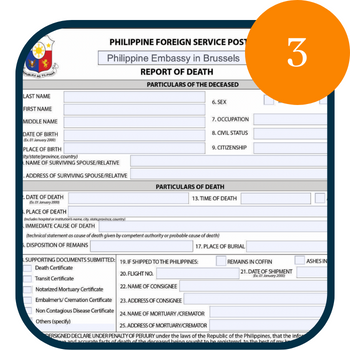 |
DOWNLOAD AND FILL OUT THE REPORT OF DEATH FORM.
Download the Report of Death form. The Report of Death must be duly accomplished by an immediate family member of legal age, or the guardian over the person of the deceased Filipino national at the time of his/her death, or an agency authorized by the immediate family member or next of kin of the deceased Filipino national. Fill out five originals of the form. Entries must be typewritten. Leave the Date of Registration and Registry Number fields blank. The Embassy will fill out this part. Do not forget to affix by hand the signature in the field provided for Signature of Informant and the date and place of signature at the bottom of the form. |
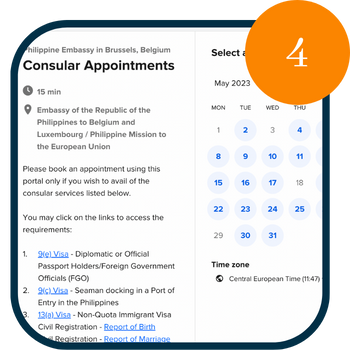 |
SCHEDULE AN APPOINTMENT WITH THE EMBASSY. Go to the Embassy's appointment page to choose an appointment slot. |
 |
SUBMIT REQUIREMENTS AT THE EMBASSY. On your scheduled appointment date, submit all requirements and pay all necessary fees in cash at the consular section of the Embassy. Fees:
Please note that you may bring only one (1) companion during your appointment. |
 |
CLAIM YOUR COPY OF THE REPORT OF DEATH AND CONSULAR MORTUARY CERTIFICATE AT THE EMBASSY. Claim your copy of the Report of Death and Consular Mortuary Certificate at the consular section of the Embassy after 3 to 7 days. There is no need to book an appointment. Please inquire at the Embassy for expedited processing or mailing options. |
Article 75 of the Family Code of the Philippines provides that “marriages between Filipino citizens abroad may be solemnized by consuls and vice-consuls of the Republic of the Philippines. The duties of the local civil registrar and of a judge or justice of the peace or mayor with regard to the celebration of marriage shall be performed by such consuls and vice-consuls.”
Procedure for Solemnization of Marriage at the Embassy
 |
INFORM THE EMBASSY OF YOUR CHOSEN DATE AND TIME OF MARRIAGE. You may email the Consular Section of the Embassy at This email address is being protected from spambots. You need JavaScript enabled to view it.. |
 |
PREPARE THE BASIC REQUIREMENTS.
|
 |
PREPARE ADDITIONAL REQUIREMENTS. If either or both parties are between 18 and 21 years of age
Note: The absence of parental consent makes the marriages voidable at the option of the minor party. If either or both parties are between 21 and 25 years of age
Note: The lack or refusal of parental advice will delay the issuance of a marriage license until after 30 days following the 10 days publication of the application. If either or both of the parties were previously married
|
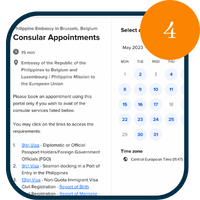 |
SCHEDULE AN APPOINTMENT WITH THE EMBASSY.
Go to the Embassy's appointment page to choose an appointment slot. Important: Submit your requirements at least fifteen (15) days before the date of the Solemnization of Marriage. |
 |
SUBMIT REQUIREMENTS AT THE EMBASSY.
On your scheduled appointment date, submit all requirements and pay all necessary fees in cash at the Consular Section of the Embassy. Processing fees (to be paid in cash):
Personal appearance of both applicants is required. Applicants will be interviewed by a consular officer and/or the Consul or Vice Consul. The Notice of Intended Marriage will be posted at the Embassy premises for ten (10) consecutive days before a marriage license is issued and the marriage solemnized. |
 |
GET MARRIED! If there are no objections after the 10-day notice, the Solemnization of Marriage will be performed by the assigned Consul or Vice Consul on a scheduled date at the Embassy. Contracting parties as well as their guests are requested to come in semi-formal attire on the date of the solemnization of marriage. Claim your Certificate of Marriage and Report of Marriage right after the ceremony. |
ANNOUNCEMENTS
EMBASSY NEWS


